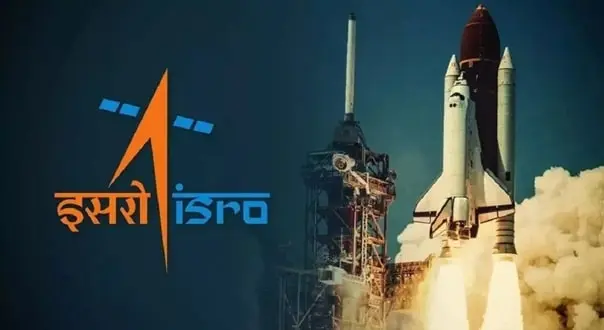In a groundbreaking collaboration, the Indian Space Research Organisation (ISRO) and the National Aeronautics and Space Administration (NASA) have partnered to send an Indian astronaut to the International Space Station (ISS). This mission, set to commence after August 2024, marks a significant milestone in India-US space cooperation, further solidifying the countries’ partnership in space exploration.
The Mission Overview
The joint mission will see the first Indian astronaut, referred to as a ‘Gaganyaatri,’ undertake a mission to the ISS. This endeavor is part of India’s ambitious Gaganyaan program, which aims to demonstrate human spaceflight capability. The astronaut selection process is rigorous, with candidates undergoing extensive training to prepare for the challenges of space.

Training and Preparation
NASA will provide advanced training to the selected Indian astronauts, focusing on various aspects of spaceflight, including extravehicular activities, robotics, and scientific research on the ISS. Training will take place at NASA’s Johnson Space Center in Houston, Texas, where astronauts from various countries have been trained for decades.
Strategic Significance
This mission is a testament to the deepening ties between India and the United States in space exploration. The collaboration extends beyond just this mission, as both nations have agreed to a strategic framework for human spaceflight cooperation. This includes not only missions to the ISS but also future endeavors like lunar exploration under the Artemis Accords, which India recently joined.
Technological and Scientific Advancements
The mission will facilitate the exchange of technology and scientific knowledge between ISRO and NASA. India’s participation in the Artemis Accords and its collaboration with NASA are expected to boost its technological capabilities and contribute to international space research efforts. The mission will also pave the way for India’s own planned space station, further establishing its presence in human spaceflight.
Broader Implications
The collaboration between ISRO and NASA signifies a shift towards more inclusive and cooperative global space exploration. By working together, both agencies can leverage their strengths to achieve common goals, enhancing the scientific output and technological advancements that come from such missions. The participation of Indian astronauts on the ISS will also inspire a new generation of scientists and engineers in India, promoting STEM education and careers.
Economic and Diplomatic Impact
The joint mission is expected to have significant economic and diplomatic benefits. Strengthening space cooperation can lead to increased investment in the space sector, fostering innovation and creating high-skilled jobs. Diplomatically, this partnership reinforces the strategic relationship between India and the United States, showcasing their commitment to peaceful and collaborative use of outer space.
Conclusion
The upcoming joint mission to the ISS marks a historic moment for India and the United States. It highlights the growing importance of international collaboration in space exploration and sets the stage for future missions that will further our understanding of space and bolster technological advancements. As ISRO and NASA prepare for this monumental mission, the world watches with anticipation for the new heights that this partnership will achieve.

